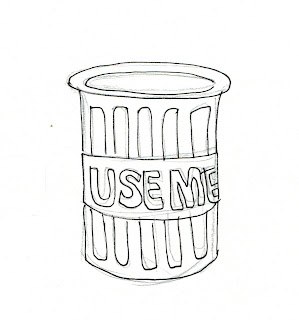A friend of mine and I were having lunch the other day at a Japanese marketplace when he asked me if I'd heard of the term, "ikigai." I said no, so he explained it briefly to me. He said in Japan, having "ikigai" proved to be a source for longer living, better health, and more happiness. But "ikigai" varied from person to person. The understanding was, having something that the individual feels strongly is a reason for which to live life can be an ikigai. So, one's hobby might provide ikigai, or one's family, or one's work. One person might have multiple things as ikigai. But the point is, if a person does not know a reason why they are living, or does not value living, the quality of their life reflects this.
It can be compared to the french term
raison d'être, however in contrast, a
raison d'être is one singular thing that consumes one's life even at the detriment of social relationships, and few people have one.
Everyone, according to the Japanese, has a hidden ikigai. Finding it requires a deep and often lengthy search of self. Such a search is regarded as being very important, since it is believed that discovery of one's ikigai brings satisfaction and meaning to life.
So what is it that makes life worth living? What is your ikigai? Is it work? Lover? Family? God? Friends? A hobby?
Issue: Americans go through the motions, especially with how fast-paced life is in the city, and it would be nice to get them to slow down, "smell the roses" as one would say, and re-evaluate why it is we're each doing the things we are and why it is we value our lives the way they are.
Concept: To essentially condense or steam-down the idea of what it means to have a reason or value to living, take it somewhere where there is often people standing and waiting, and give them the opportunity to anonymously write down their own reason(s) for others to see.
Method: Likely a large format poster-style printed matter. One half (or less) containing information for reading and instructions, the other half (or more) leaving empty space and an attached writing instrument for people to use to write their contributions.
Placement: If possible, near bus stops, crosswalks or elevators. An area where people would be standing for a time, waiting before they can move on.
If the posters were done in such a way that they could remain for a while, they could in theory collect a bunch of reasons for people to live, which could later be collected, compiled, and then produced as a record of the event.
The next two images are roughly what I imagined, the first being the roughest stage and the second being more simplified and open. The benefit of the first is it would inform the viewer more, the advantage of the second is it would allow for broader interpretation and take less time to read.
Further reading/sources:
Ikigai and Mortality (Psychology Today),
A study from Japan using seniors and temporary employment,
Wikipedia (Necessary to link? You all know how to google this.)













































